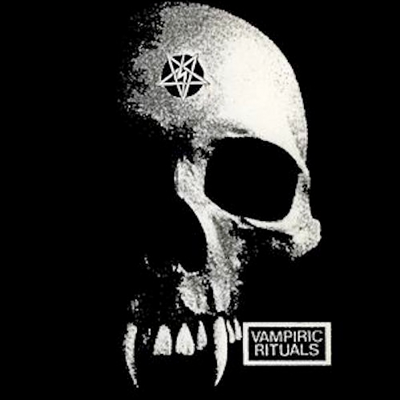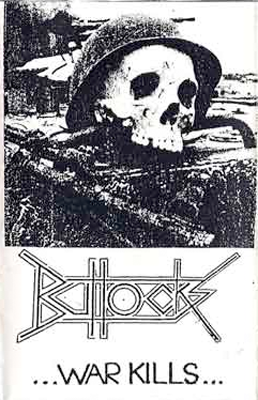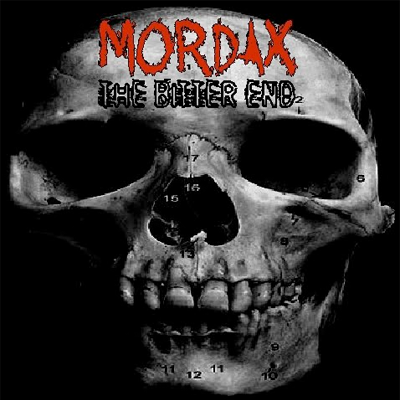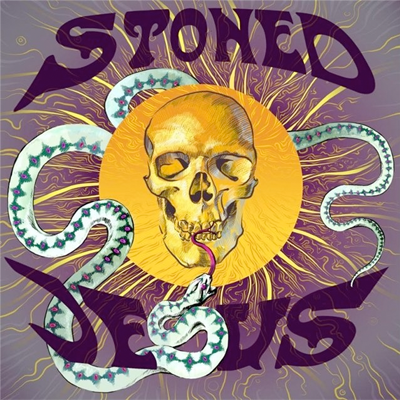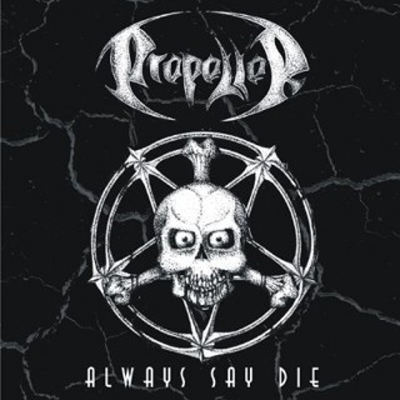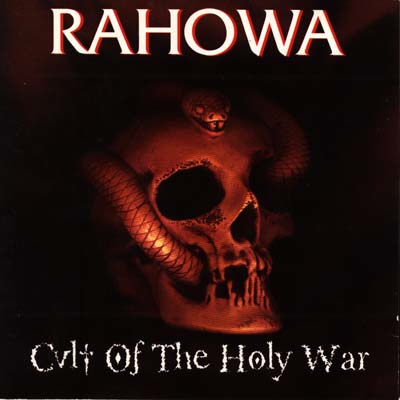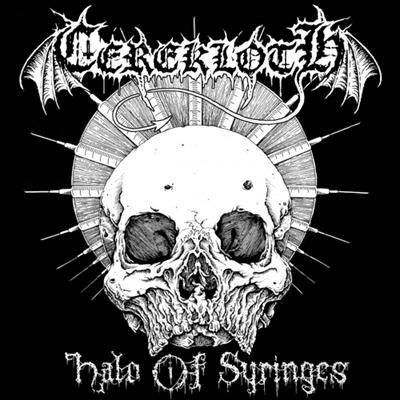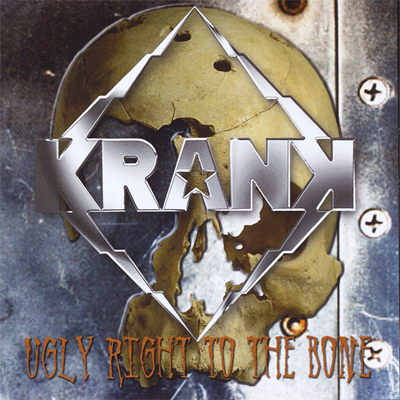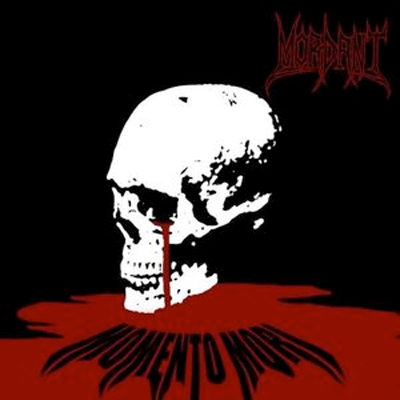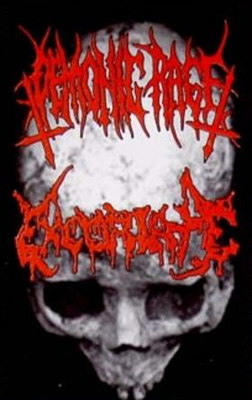
DEMONIC RAGE / EXCORIATE, Death Communion split (2008, Rawblackult Productions)
The skull:
If skull 423 had Cletus-teeth, this guy is his brother Darryl. Had the “artist” of this masterpiece blacked out these two central incisors, it might have been a more morbid-looking image. But then the skull itself might have raised objections: “Them’s the only choppers I’s got!” What’s more, he already has enough crap to worry about, having gotten two death metal logos spraypainted on his head while he was passed out on the couch at the party.
The music:
Two Chilean death metal bands, one cassette tape, 11 songs, 333 copies, and a handful of Incantation-esque song titles (“Everlasting Plagues of Nauseous Wickedness,” “The Beginning of the Apocalyptic Enlightenment”). Excoriate have a relatively cleaner sound than their split-mates, theirs a choppy, speedy, no-frills death metal attack that veers into the most insane, violent realms of old-school thrash. They sound authentically 1990, and if they had actually been around back then I have no doubt their tapes would have carried the Wild Rags logo (what with the ping-ing snare and all). Demonic Rage are, technically, probably the better band. Their approach is a ridiculously heavy one, suffocatingly dense and much crueler than Excoriate. It’s no wonder they’ve managed a fairly prolific output while their split buddies have faded into the crowded realms of death metal’s also-rans. Too bad, because Excoriate appeal to me more with their out-of-time aura, but they’re not so good to waste any time in mourning.
— Friar Wagner
